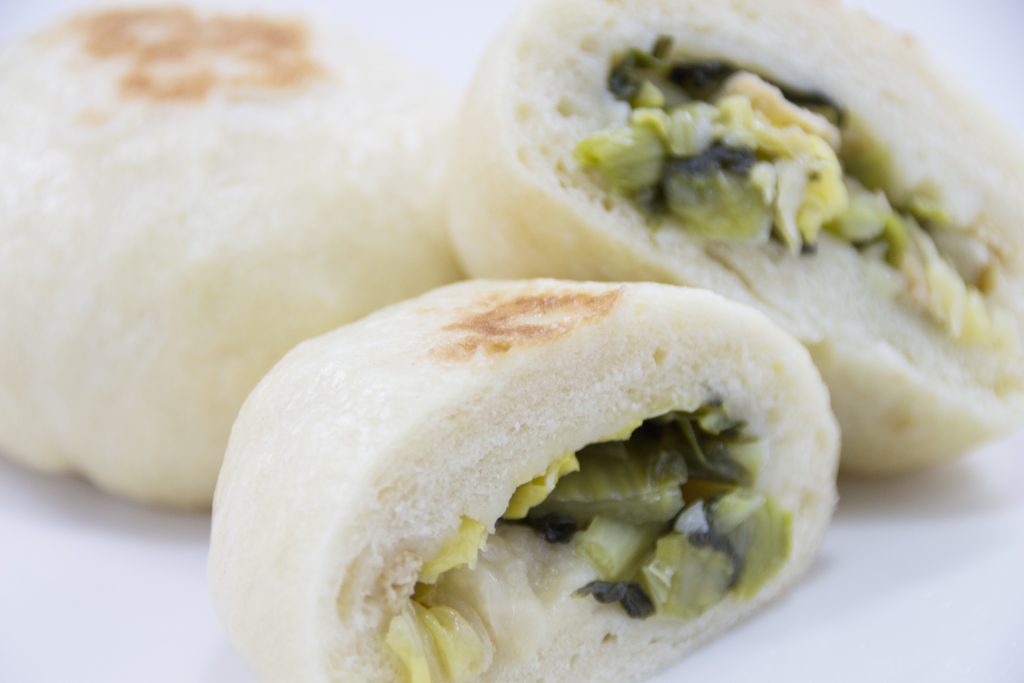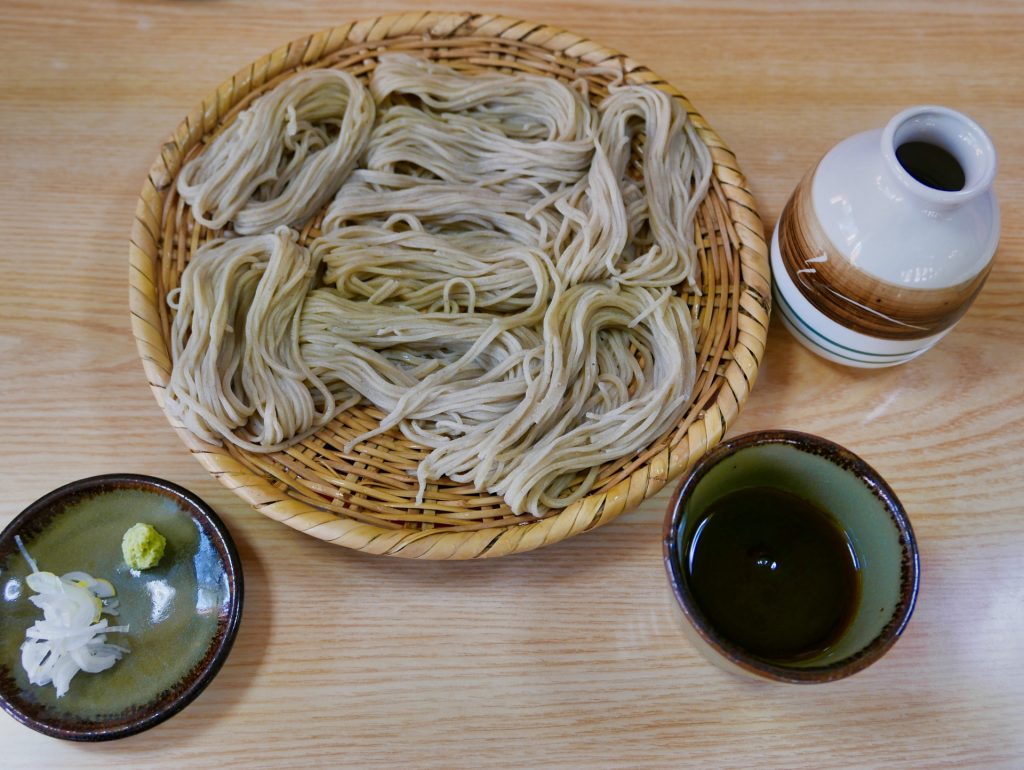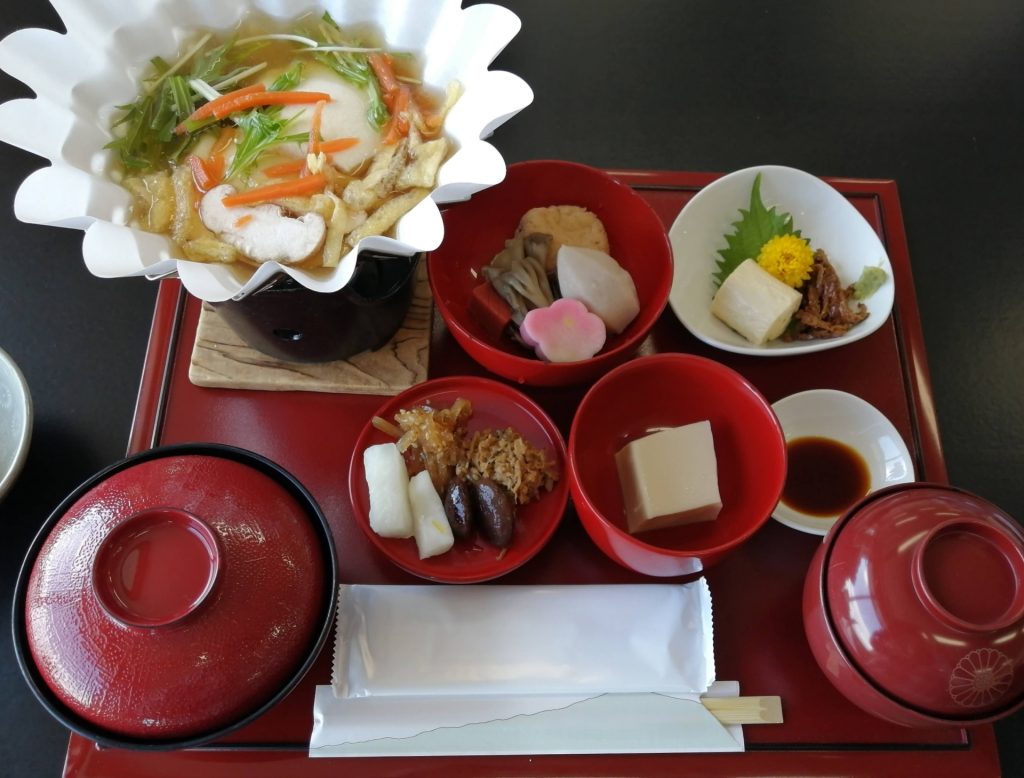
Natto: The Polarizing Powerhouse of Japanese Cuisine
Hello, adventurous eaters and connoisseurs of Japanese cuisine! Today, we’re venturing into the intriguing world of Natto, a traditional Japanese food that tends to divide opinion with its unique taste, texture, and aroma. Despite its controversial nature, Natto is celebrated for its health benefits and has been a staple in Japanese diets for centuries. Let’s unravel the mystery of Natto and perhaps inspire you to give this polarizing delicacy a try.
What is Natto?
Natto is made from fermented soybeans, known for its sticky, stringy texture and a potent, distinctive smell often likened to aged cheese. The fermentation process, which involves the bacteria Bacillus subtilis, gives Natto its characteristic flavor and numerous health benefits. Traditionally served with rice, Natto can also be found in sushi, as a topping on toast, or mixed into various dishes for an added nutritional boost.
The History of Natto
The origins of Natto trace back over a thousand years in Japan, with various theories about its discovery. One popular legend suggests it was accidentally created by samurai who stored cooked soybeans in straw bags, which naturally fermented the beans with Bacillus subtilis present in the straw. Over the centuries, Natto has remained a dietary staple in Japan, especially as a breakfast food, revered for its nutritional value and energy-boosting properties.
Health Benefits of Natto
Natto is a superfood, packed with protein, vitamins (especially K2), minerals, and probiotics. Its health benefits are well-documented and include:
- Heart Health: Natto is rich in nattokinase, an enzyme that can help prevent blood clots, thereby reducing the risk of heart disease.
- Bone Health: The high vitamin K2 content in Natto helps improve bone density and reduce the risk of osteoporosis.
- Digestive Health: As a fermented food, Natto contains probiotics that support gut health and digestion.
Eating Natto
For first-timers, the taste and texture of Natto can be challenging. It’s often mixed with mustard (karashi), soy sauce, and sometimes chopped green onions to enhance its flavor. When served over warm rice, these additions help balance Natto’s strong taste and make it more palatable. It’s also common to see Natto incorporated into other dishes, where its flavor becomes a complementary ingredient rather than the main focus.
Natto in Modern Cuisine
While traditional Natto dishes continue to be beloved, modern Japanese cuisine has seen innovative takes on incorporating Natto, from Natto pizza to Natto pasta, showcasing its versatility. Health-conscious individuals and vegetarians around the world have also started embracing Natto for its nutritional profile, incorporating it into their diets in creative ways.
Conclusion: The Adventure of Natto
Natto embodies the essence of traditional Japanese cuisine—simplicity, health, and a connection to ancient practices. While it may not be love at first taste for everyone, Natto’s health benefits and cultural significance make it a fascinating food to explore. Whether you’re drawn to its nutritional powerhouse status or curious about its unique culinary qualities, Natto offers an adventure for the palate that’s deeply rooted in Japanese tradition.
So, why not take the plunge and try Natto? It might just surprise you and become a cherished part of your culinary exploration of Japan. Bon appétit, or as we say in Japan, Itadakimasu!




